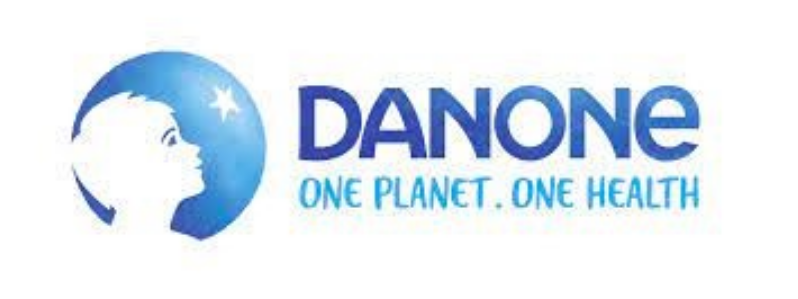Knowledge is power!
In this article, Jayna MELWANI (ESSEC Business School, Global BBA, 2019-2023) comments on a quote by Benjamin Franklin about the power of knowledge in finance.
“An investment in knowledge pays the best interest.” – Benjamin Franklin
Analysis of the quote
The quote suggests that investing in knowledge and education can be one of the most profitable investments a person can make. This is because knowledge and skills are assets that can appreciate over time, leading to greater personal and professional success. When people invest in themselves through education and self-improvement, they can develop skills and knowledge that can lead to better job opportunities, higher salaries, and more fulfilling careers. Additionally, by staying informed and up-to-date on trends and developments in their field, they can position themselves to be more successful over the long term.
In the context of personal finance, the quote implies that investing in one’s own education and skills can be more valuable than simply focusing on accumulating wealth through savings or investments. While it is important to save and invest wisely, the returns on those investments may be limited without the skills and knowledge needed to identify opportunities and make informed decisions.
About the author of the quote
Benjamin Franklin is one of the founding fathers of the United States and a prominent inventor, writer, and statesman.
Financial concepts related to the quote
The financial concepts related to this quote include the following:
Return on investment (ROI)
ROI refers to the amount of profit or benefit earned on an investment relative to the cost of the investment. In the context of the quote, the ROI on investing in knowledge is believed to be high, as the benefits of knowledge can be long-lasting and contribute to personal and professional success over time.
Time Value of Money
The time value of money refers to the idea that money received in the future is worth less than money received today due to the effects of inflation and the opportunity cost of not being able to invest that money today. Investing in knowledge can provide a long-term return on investment that can increase in value over time, potentially providing a higher return than other types of investments.
Risk and Return
The concept of risk and return refers to the idea that higher risk investments typically offer higher potential returns, while lower risk investments typically offer lower potential returns. Investing in knowledge can be considered a low-risk investment with potentially high returns, as knowledge gained can help individuals make better financial decisions, potentially leading to higher financial rewards in the long term.
Human Capital
Human capital refers to the skills, knowledge, and abilities that individuals possess that can increase their value in the job market and contribute to their earning potential. Investing in knowledge can increase an individual’s human capital, leading to higher income and financial stability in the long term.
Opportunity cost
Opportunity cost refers to the cost of choosing one option over another, including the potential benefits of the option that was not chosen. Investing in knowledge may require a time and financial investment, but the potential benefits of increased knowledge and skills can outweigh the opportunity cost of not investing in oneself.
Compound interest
Compound interest refers to the interest earned on both the principal and the accumulated interest from previous periods. Investing in knowledge can provide a similar effect, as the knowledge gained can be applied over time to further increase one’s earning potential and financial success.
Overall, the financial concepts related to the quote emphasize the value of investing in oneself through education and self-improvement. Just as investing in financial assets can yield returns, investing in knowledge can yield returns in the form of personal and professional growth, which can lead to increased financial stability and success.
My opinion about this quote
In my opinion, this quote highlights the importance of continuous learning and self-improvement as a means to achieve greater success and financial security. I believe that anyone can take your money from you, but no one can take your education away from you.
Why should I be interested in this post?
Business students and students in general are advised to make the most of their education and in fact, continue to educate themselves as having a good education can provide a solid foundation for future success.
Related posts on the SimTrade blog
▶ Pranay KUMAR Time is money
▶ Fatimata KANE Money is a terrible master but an excellent servant
▶ Federico MARTINETTO Money never sleeps
Useful resources
SimTrade course Discover SimTrade
About the author
The article was written in April 2023 by Jayna MELWANI (ESSEC Business School, Global BBA, 2019-2023).


